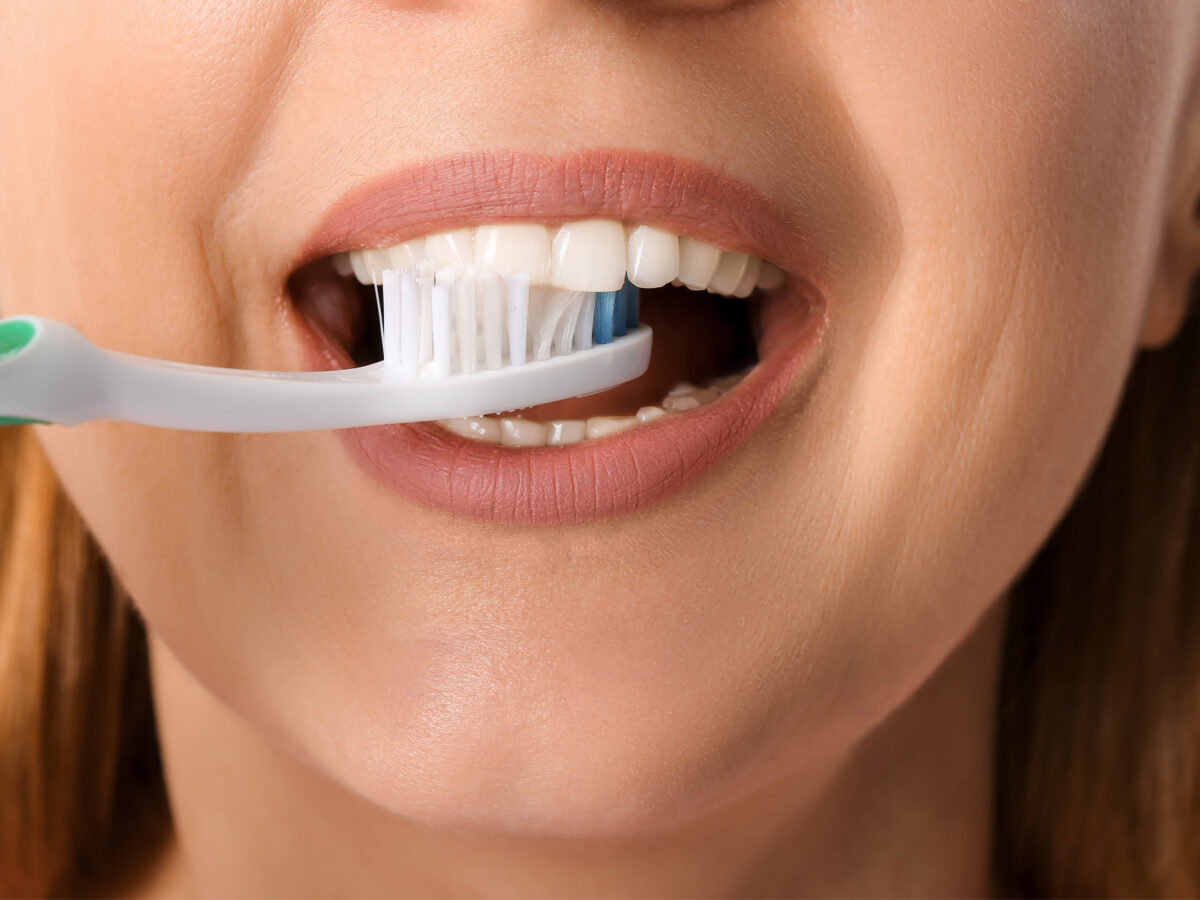Have you ever wondered what you might look like with a gorgeous, white smile as you gaze at your teeth in the mirror? We all desire a beautiful smile, and cosmetic dentistry, particularly dental implants, can help you achieve this goal.
You might have contemplated cosmetic dentistry but are uncertain about its scope or which services are suitable for you. Don’t worry; we’ve got you covered.
- Porcelain Veneers
Porcelain veneers often come to mind when people think of cosmetic dentistry. These thin porcelain sheets, approximately the thickness of a contact lens, are used to create porcelain veneers. They are meticulously placed on the front surface of teeth to conceal imperfections and create a stunning smile.
Porcelain veneers can enhance the color, size, and shape of your teeth. They are particularly effective in addressing issues such as gaps, wear and tear, chips, misalignment, or discoloration.
- DURAthin Veneers
DURAthin veneers are an excellent choice for individuals looking to close gaps between their teeth or adjust their tooth size. In many aspects, they resemble conventional porcelain veneers, but they offer several key advantages that make them preferable for many patients.
Firstly, DURAthin veneers are often referred to as “prep-less veneers” because they require minimal drilling or enamel removal. They provide a natural appearance and a quicker healing process. Additionally, they have been reported to enhance jaw movement.
Individuals with natural teeth that already have good shape and color are the ideal candidates for DURAthin veneers. Like porcelain veneers, a consultation appointment is essential. Our cosmetic dentist will assess your teeth to determine the best fit for you. They will then order your custom veneers and perform the minimal preparation required for the final bonding.
At your next appointment, the veneers will be carefully bonded, and you will receive a follow-up appointment to monitor their progress. DURAthin veneers offer a carefree solution for achieving a beautiful smile.
- Inman Aligner
When it comes to straightening the anterior teeth—the teeth that are visible when you smile—the Inman Aligner works wonders. The Inman Aligner applies gentle pressure to your teeth for a period of six to eighteen weeks.
If you have concerns like protruding front teeth, buck teeth, or crowded teeth, the Inman Aligner is an excellent cosmetic dental option for you. Patients can benefit from the convenience and flexibility of the removable approach.
- Teeth Whitening
Teeth whitening is often the most affordable and straightforward cosmetic dental procedure. It can significantly enhance your smile, especially if your primary concern is dark yellow or brown-stained teeth. While teeth whitening won’t repair cracked, broken, or damaged teeth, it can greatly improve the appearance of stained teeth.
- Dental Crowns
Have you ever known someone who underwent dental implant surgery? To restore the natural appearance of your smile, a “tooth” must be placed on top of the implants. These new teeth are called dental crowns.
The dentist will begin by taking x-rays of your teeth, identifying any issues that need to be addressed, and then treating the problematic tooth before placing the crown. They will shape and trim it to ensure a snug fit over the crown. Finally, the crown will be cemented, and follow-up appointments will be scheduled to monitor your progress.
Conclusion
Whether you’re seeking a cosmetic dentistry solution for a minor issue, such as stained teeth, or a more complex one, seeking professional assistance is crucial. Your smile should not lead to self-consciousness or affect your confidence. Cosmetic dentistry offers various options to help you achieve the stunning, white smile of your dreams, allowing you to feel more confident in all aspects of your life.



